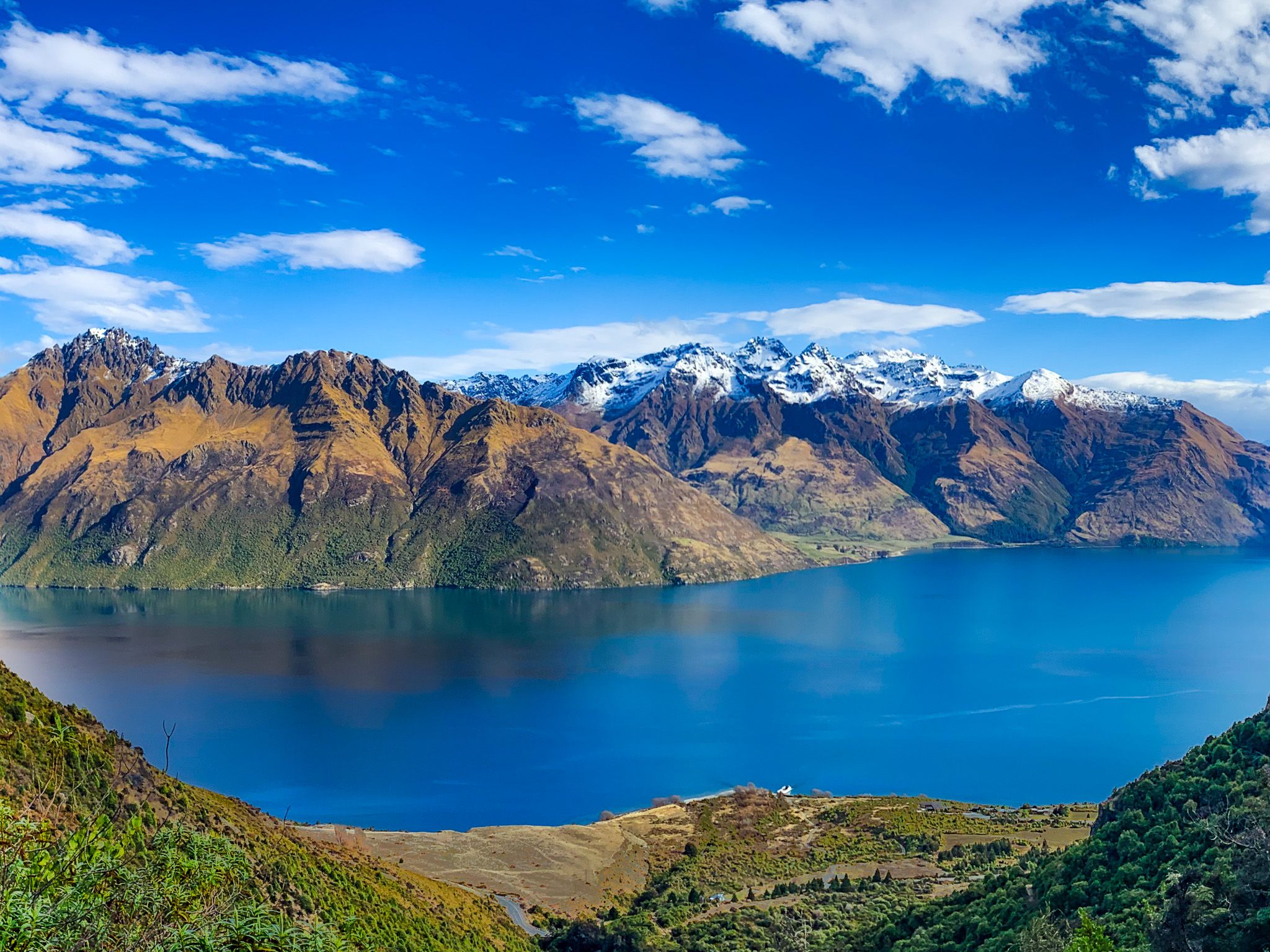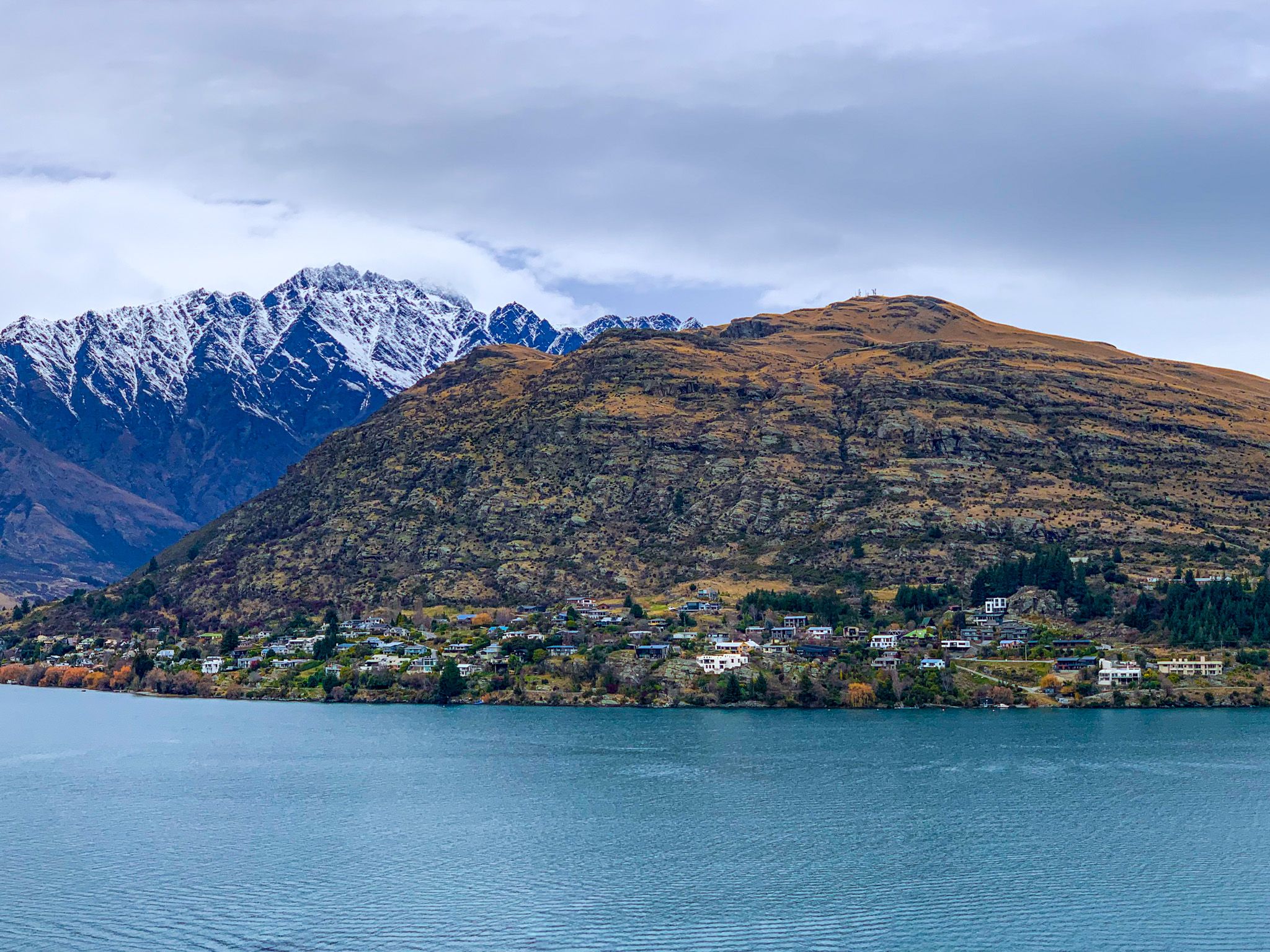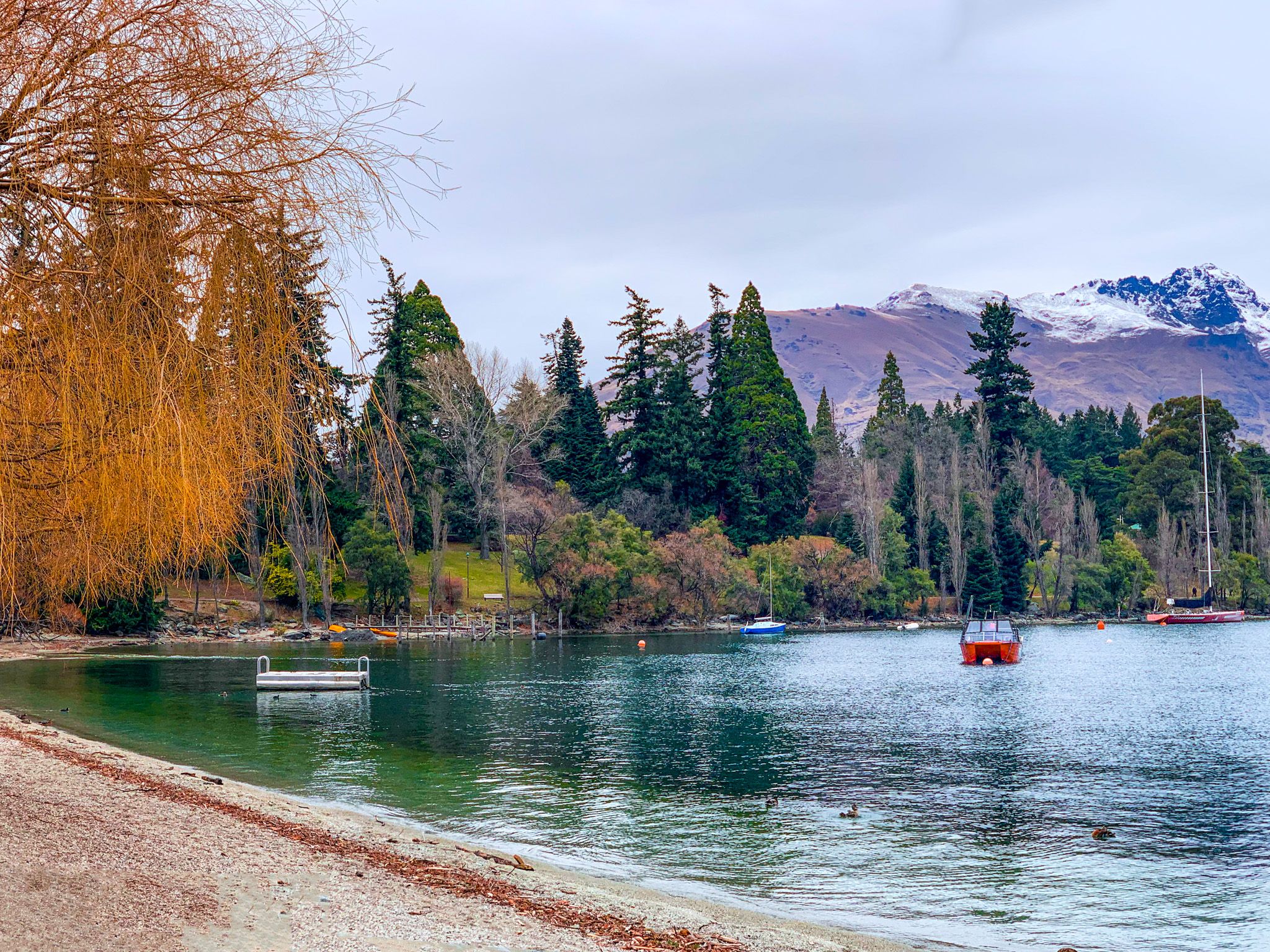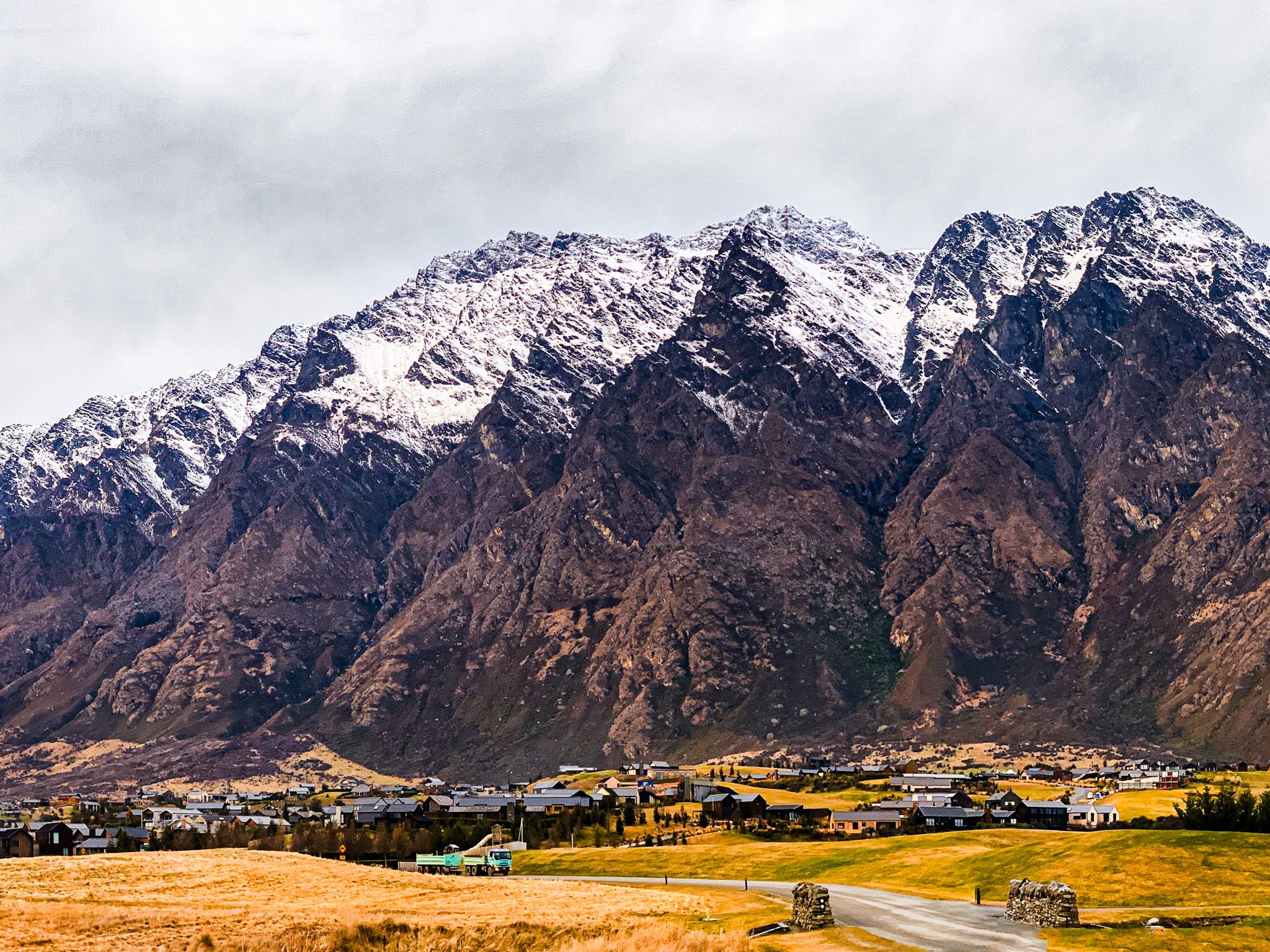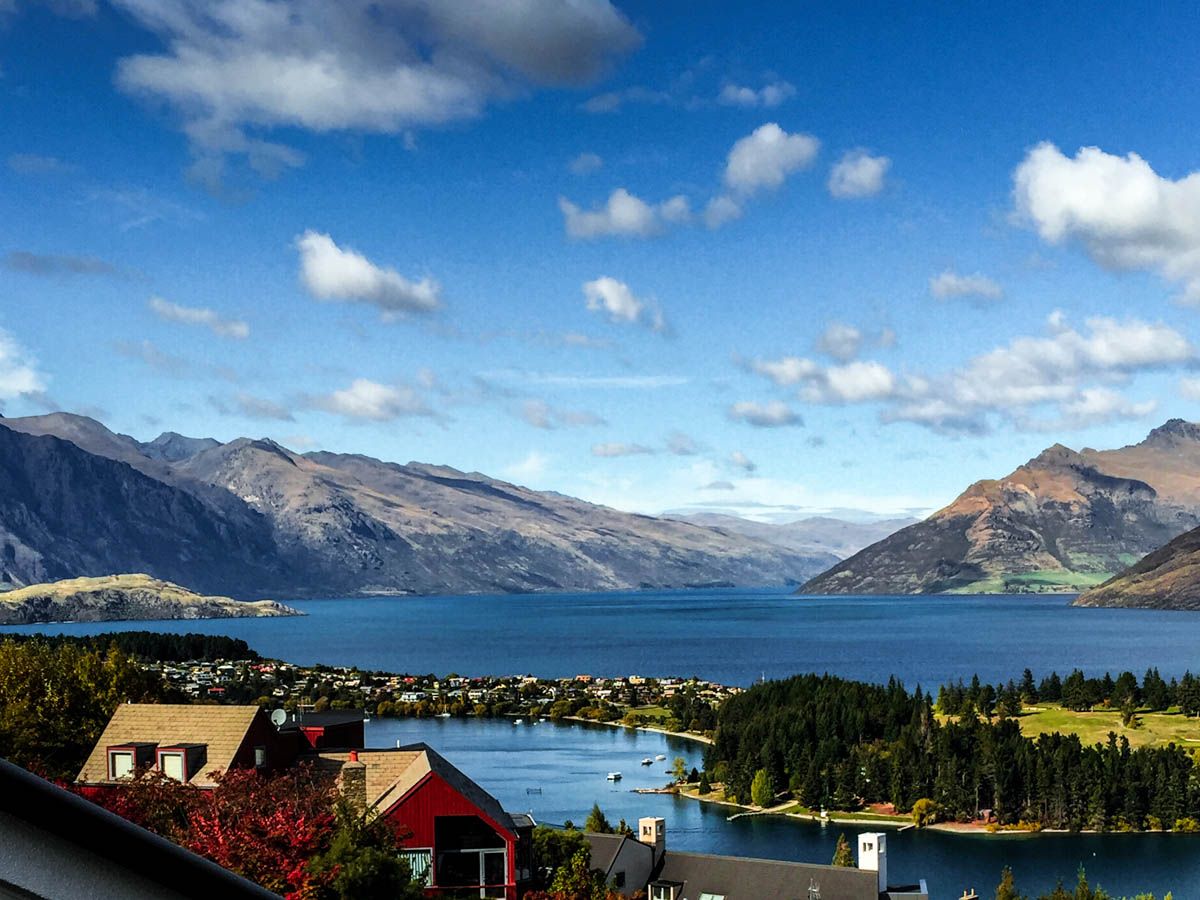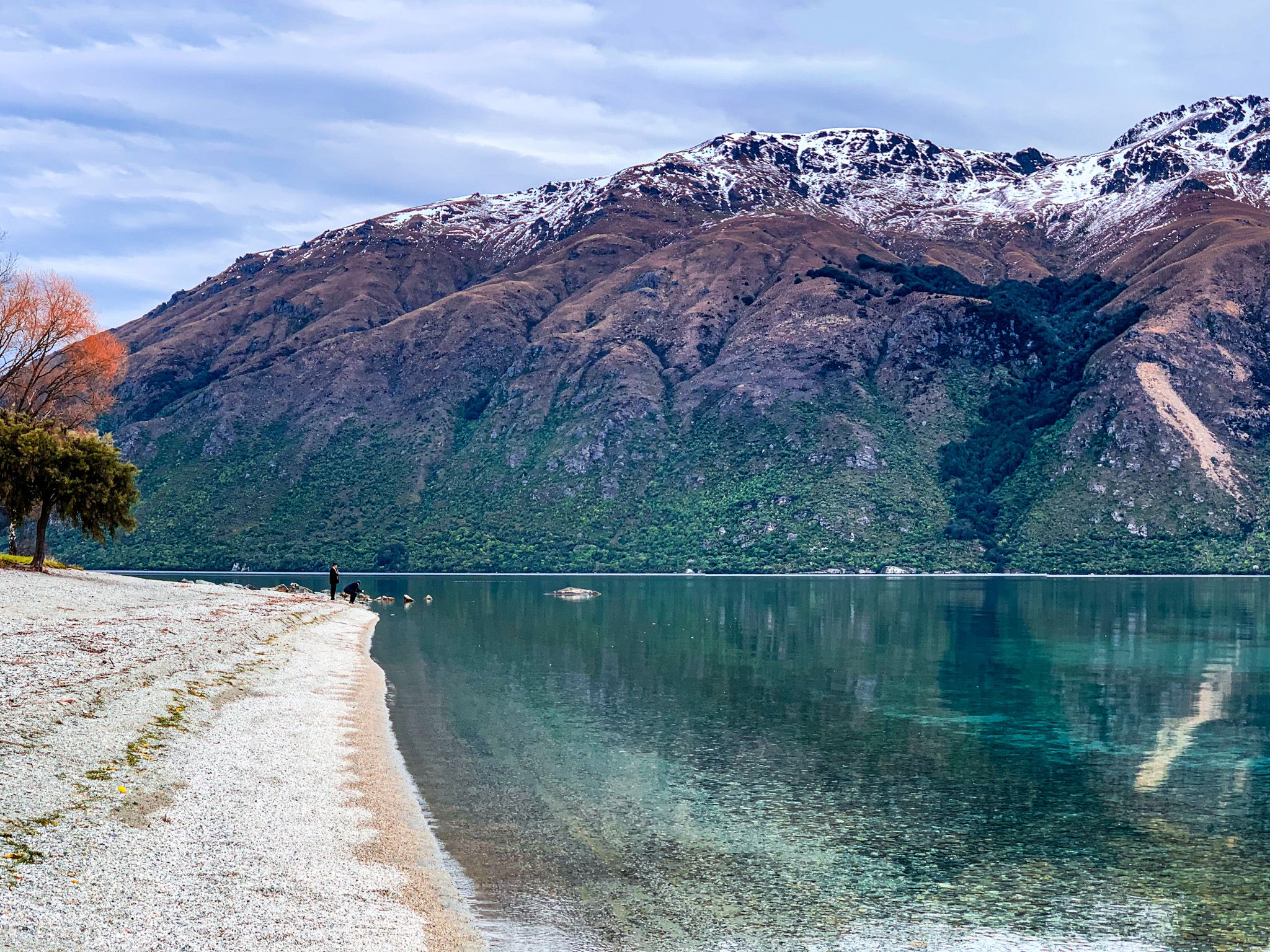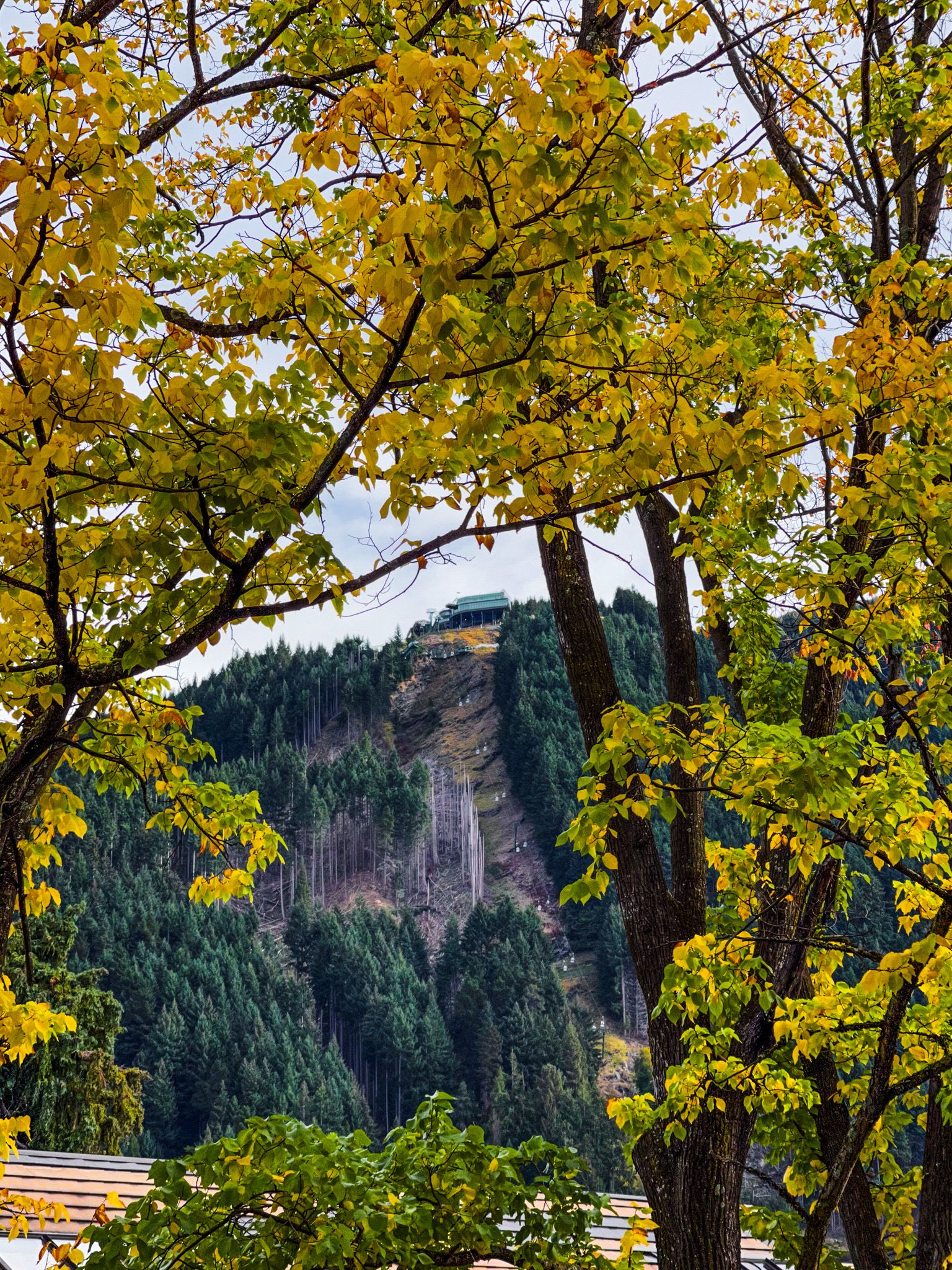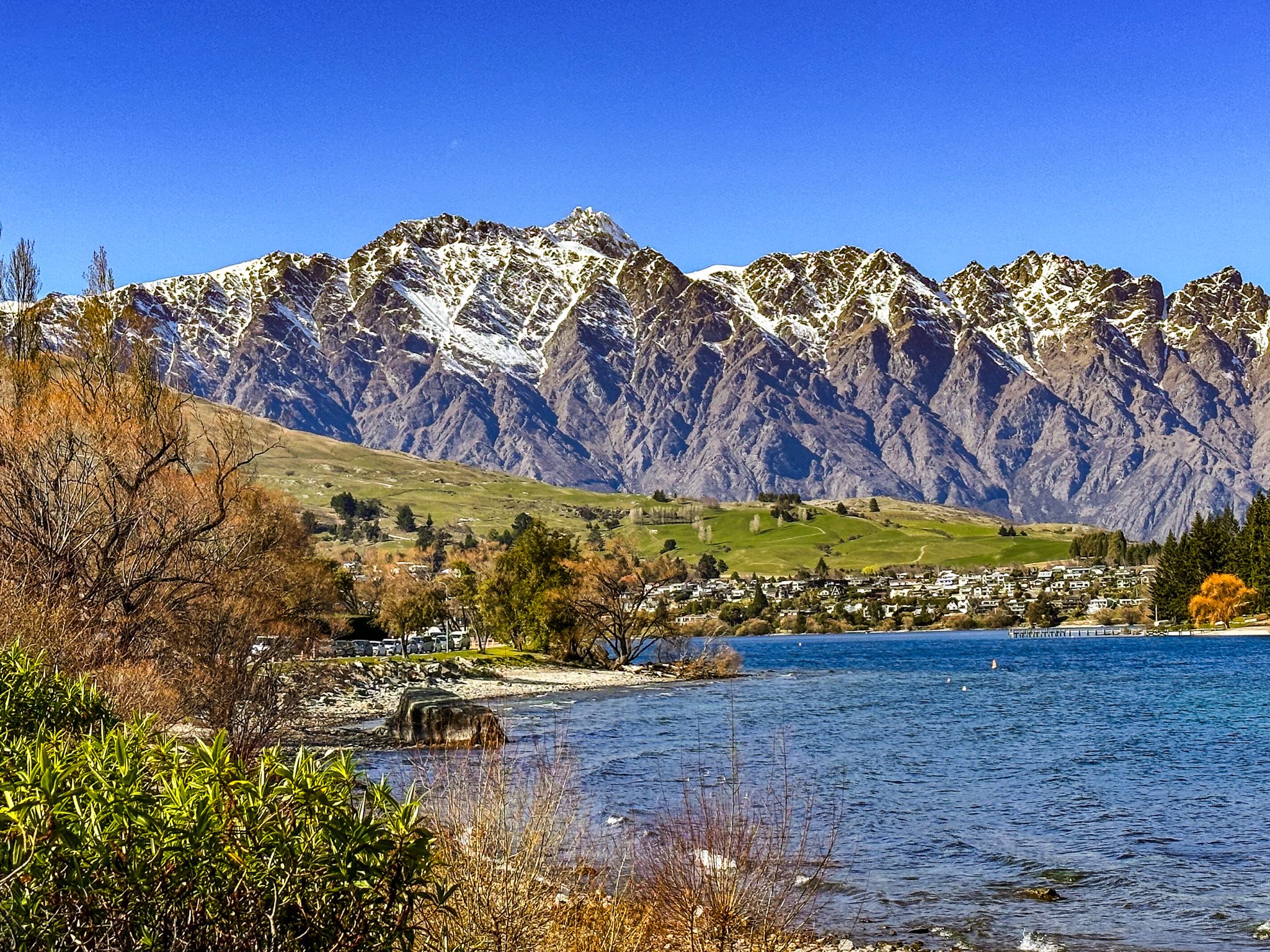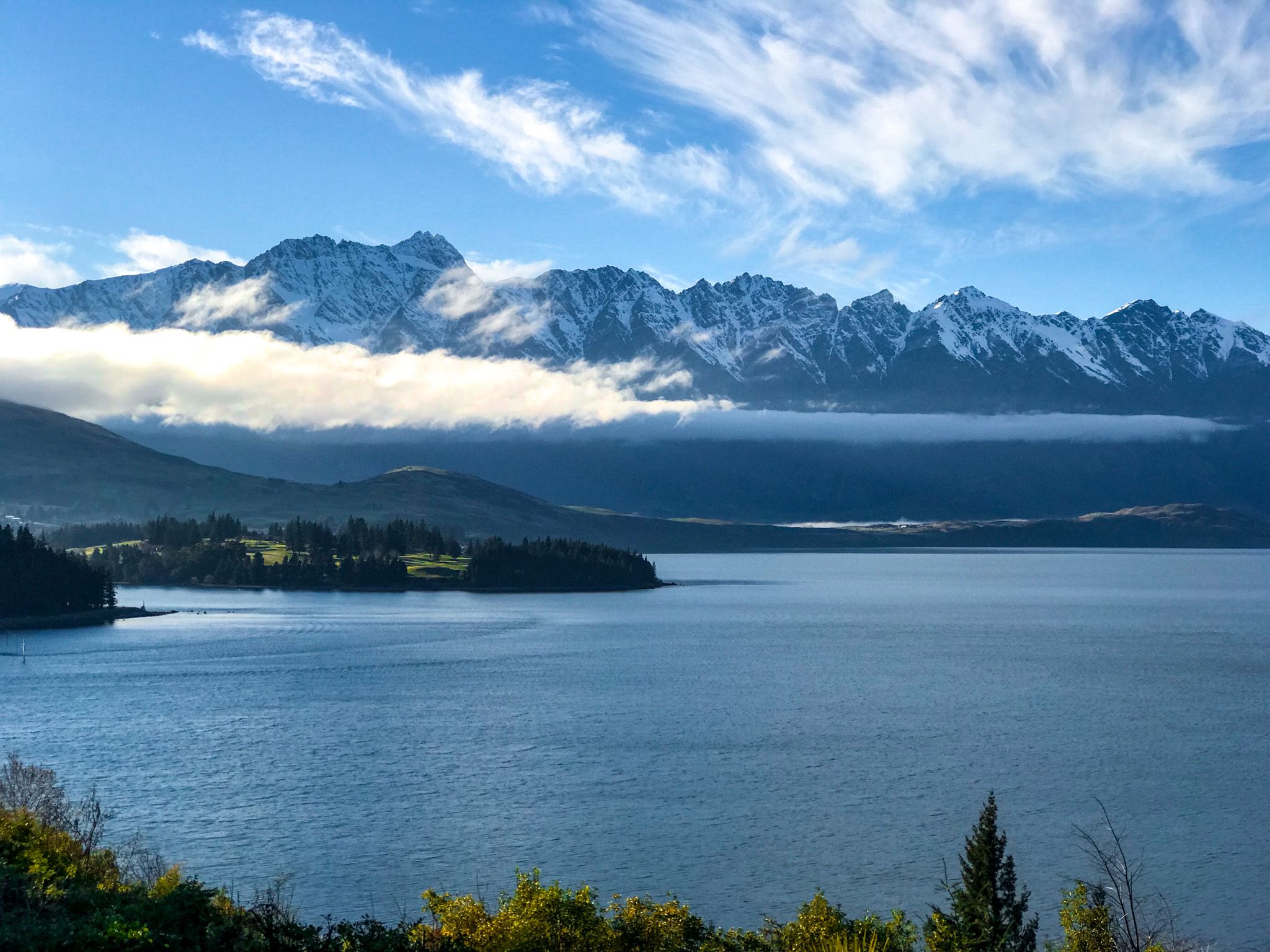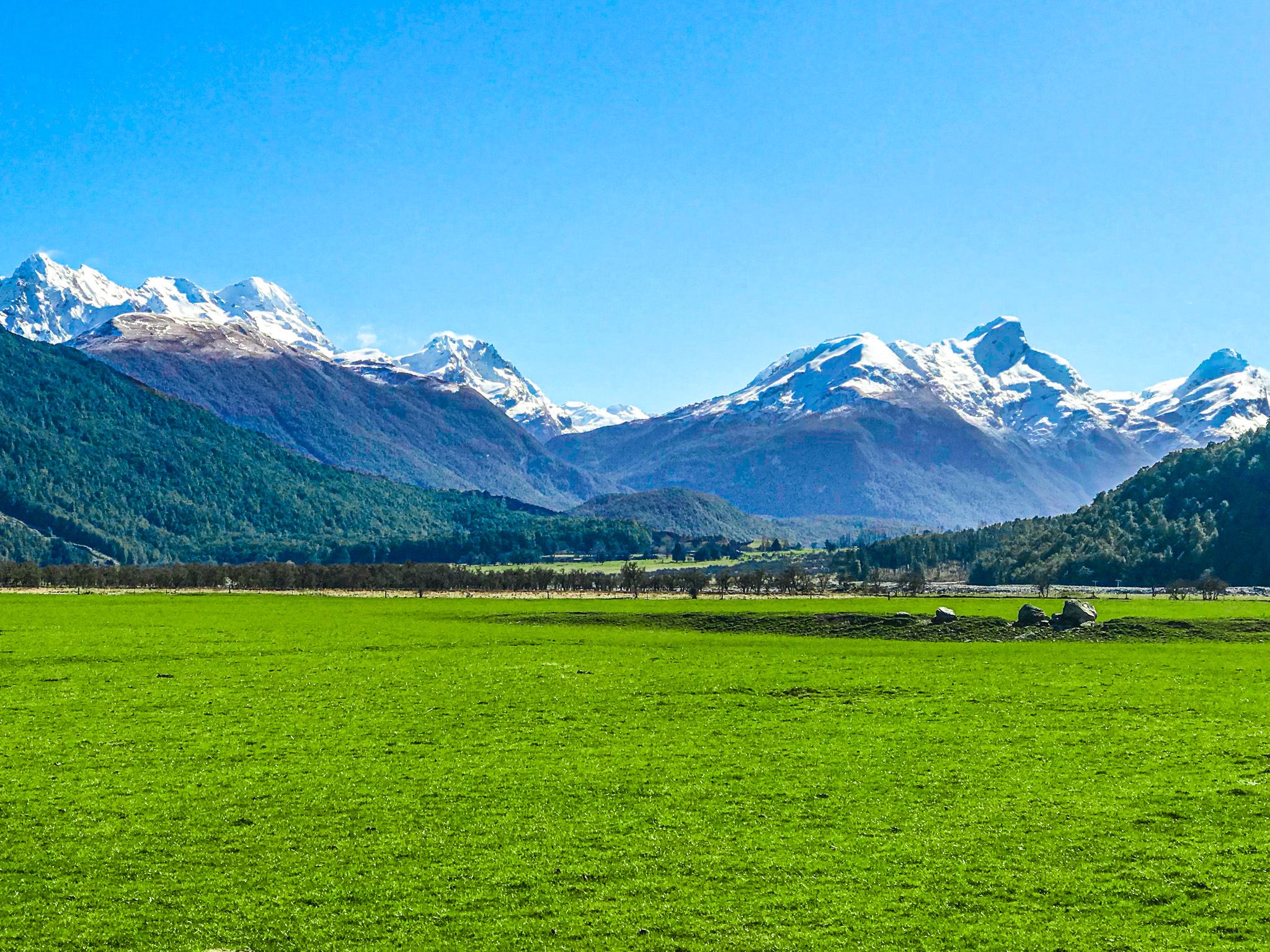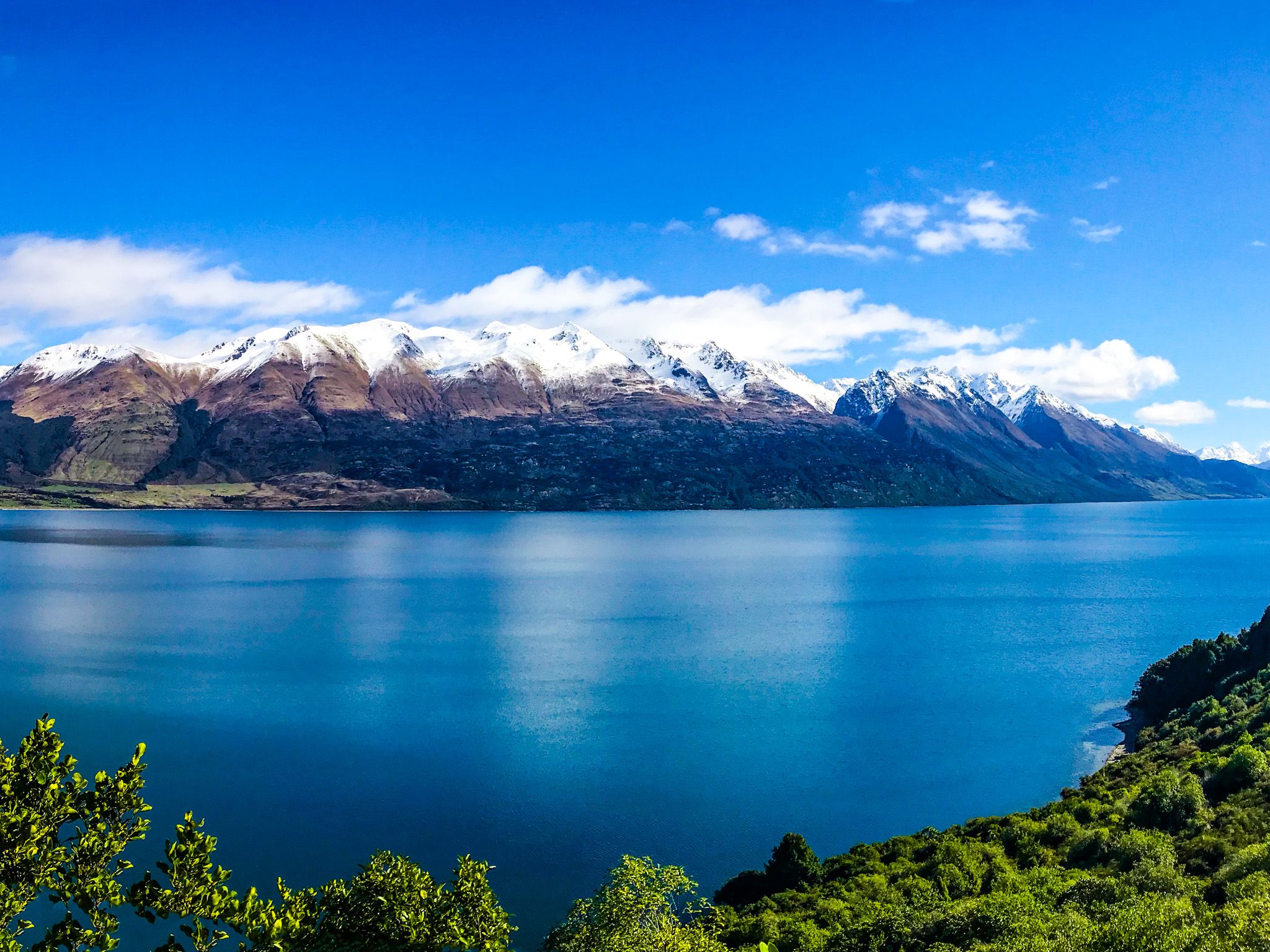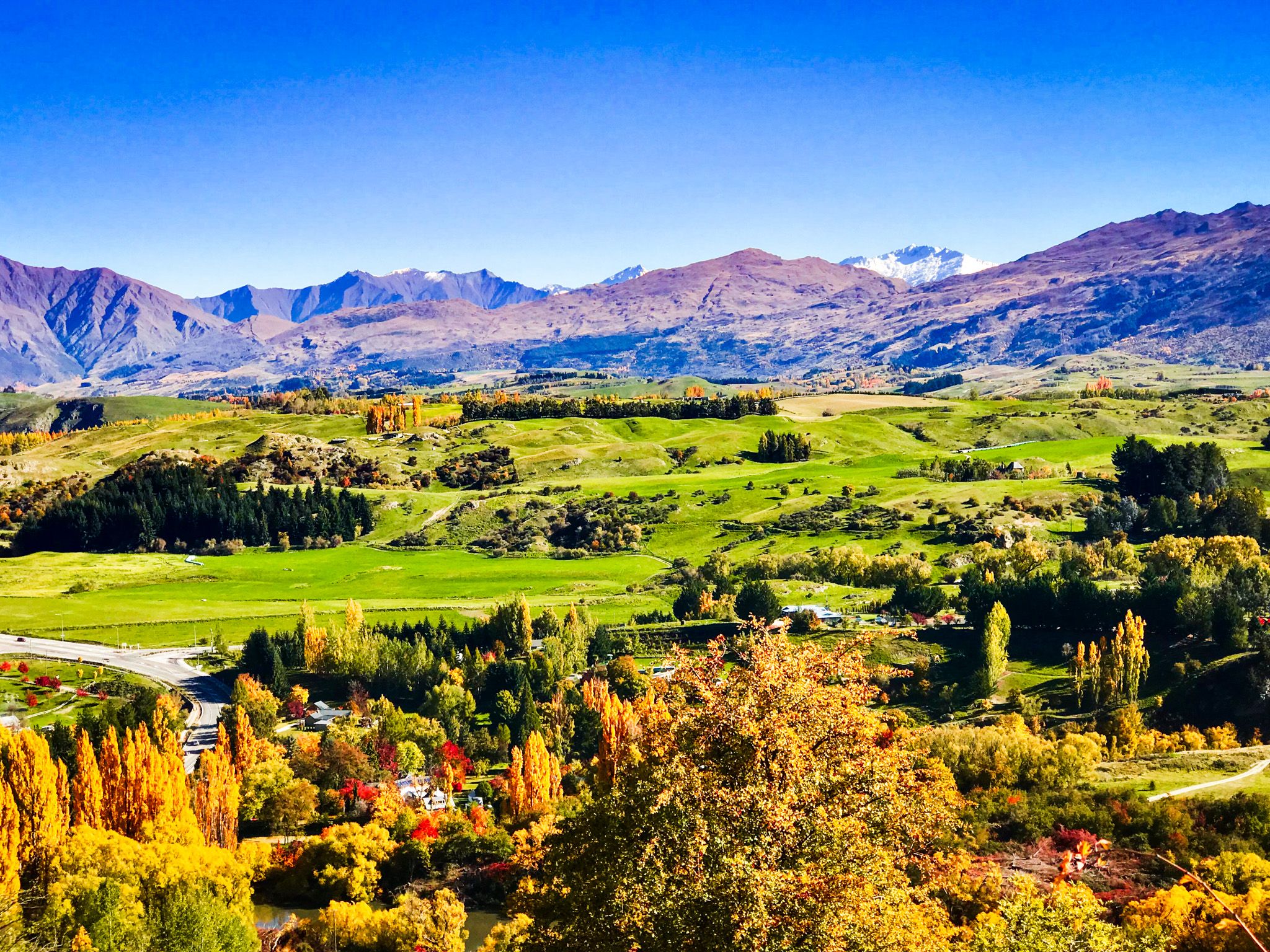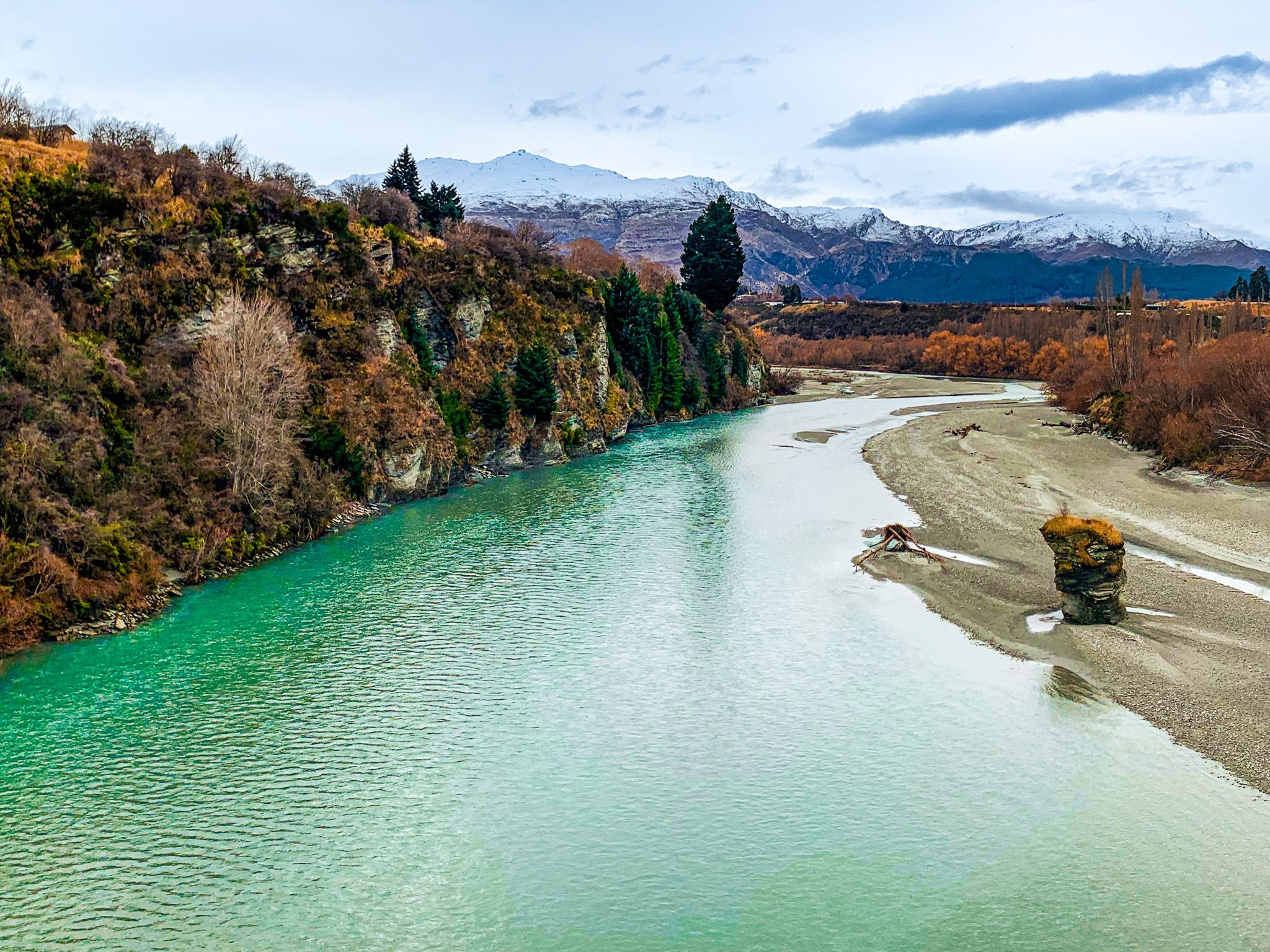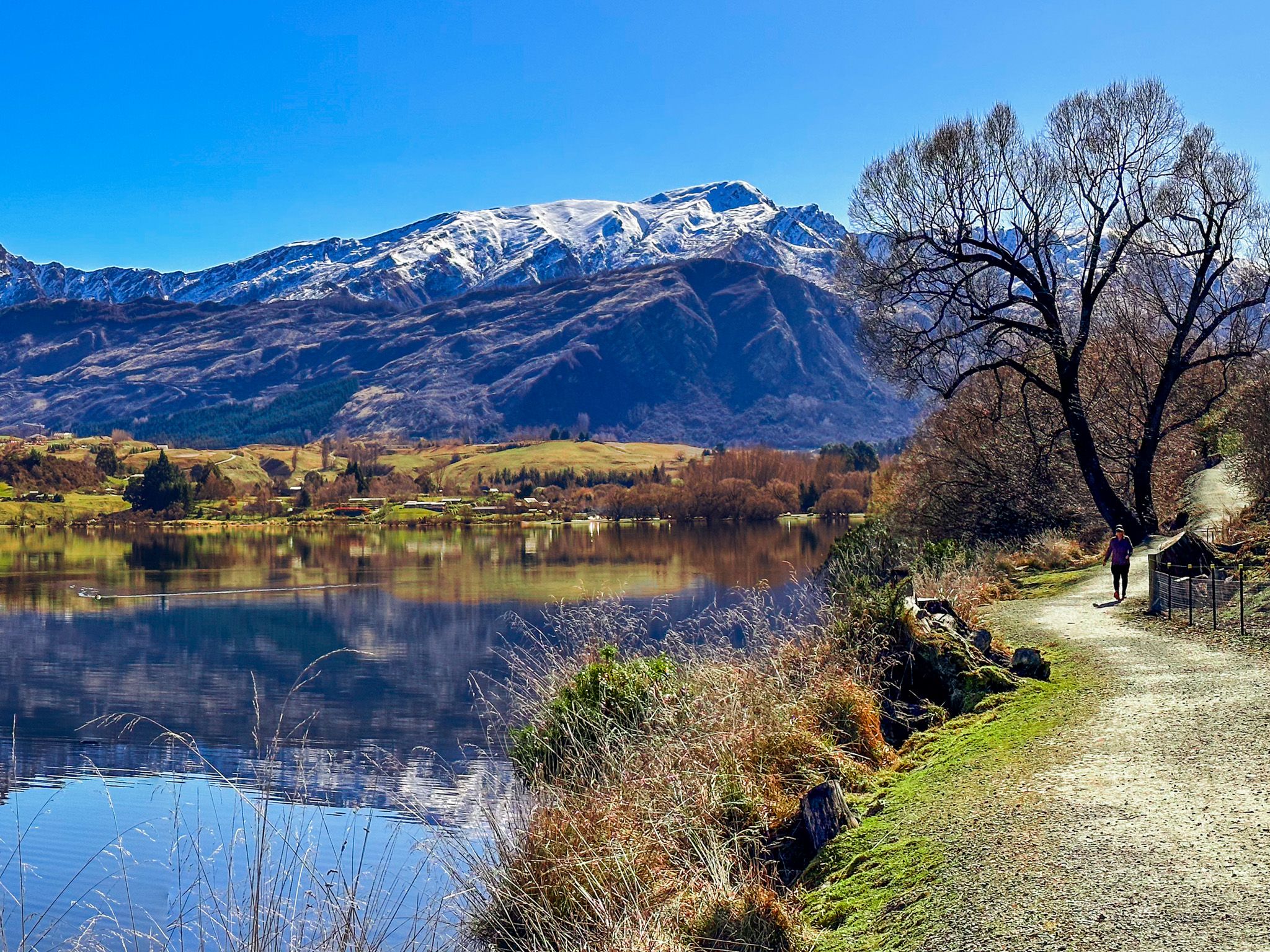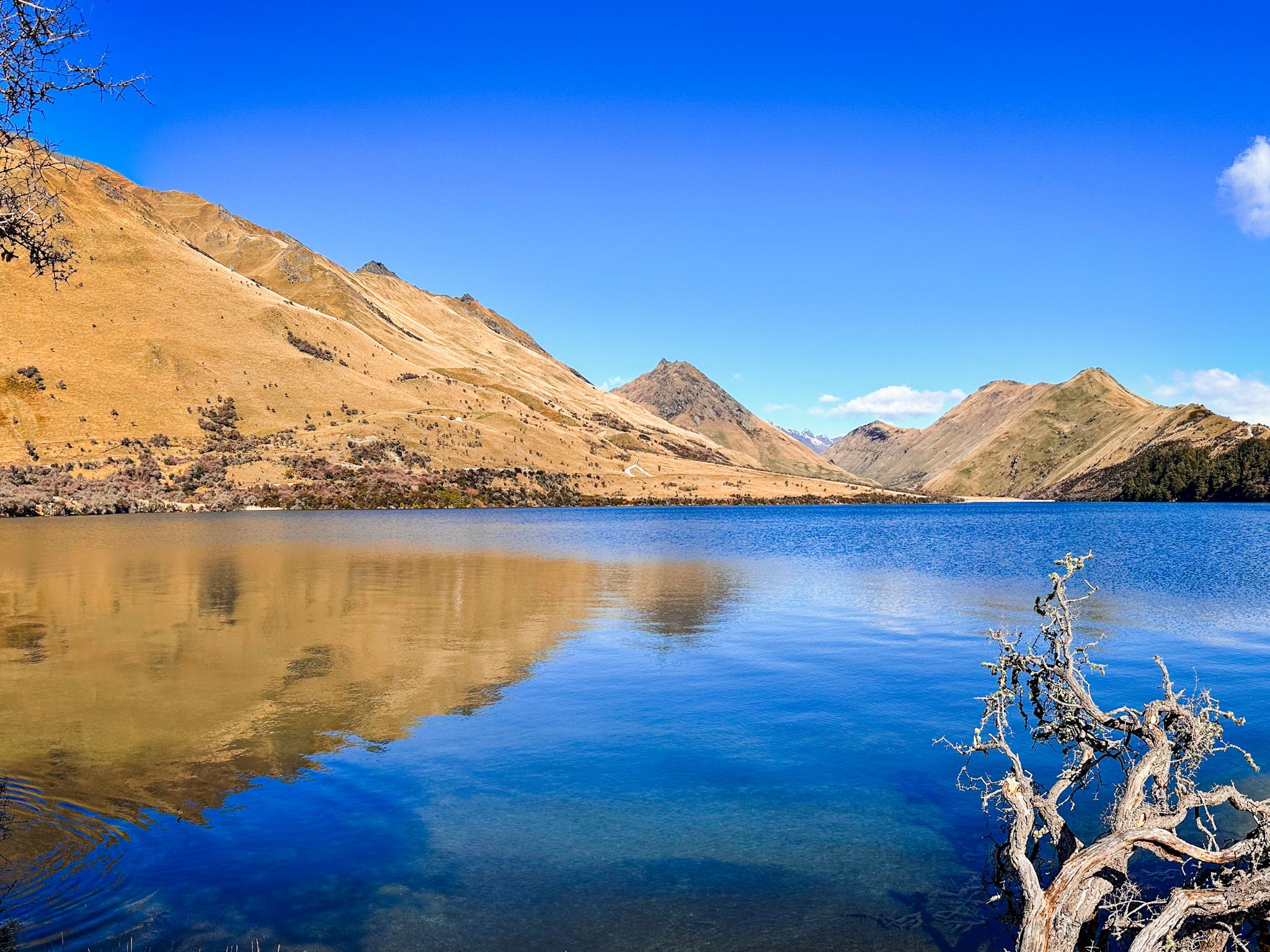Discovering Queenstown: the Adventure Capital
Queenstown (Tāhuna in Māori) is New Zealand's largest and busiest resort town and a renowned hub for adventure tourism. Situated on the shores of Lake Wakatipu, the city is famous as the birthplace of bungy jumping in the Kawarau Gorge. Visitors can indulge in a variety of thrilling activities, including jet boat rides on the Shotover River and skiing at Coronet Peak, the Remarkables, and Cardrona. The town also offers scenic lake cruises and opportunities to explore the Queenstown Trail by walking or biking.
Scenic Surroundings and Outdoor Activities
Despite its bustling resort atmosphere, Queenstown is surrounded by breathtaking landscapes. The town is nestled among steep-sided mountains, with Ben Lomond directly behind the town centre and the Remarkables to the east. Walter Peak and Cecil Peak rise on the south side of the lake, while the Thomson Mountains lie to the west. For first-time visitors, a walk along the Lake Wakatipu shoreline, including the Queenstown Gardens, is a must. Queenstown Hill offers stunning views from 440 metres above the town, and the gondola ride to 780 metres provides access to hiking trails leading to the summit of Ben Lomond.
Scenic Drives and Day Trips
Queenstown serves as a gateway to some of New Zealand's most picturesque road trips. Travellers can drive along Gorge Road to Arthurs Point, accessing the Shotover River, and continue to Arrowtown and Lake Hayes. The Crown Range Road offers a scenic route to Cardrona and Wānaka, with stops at the Historic Bridge bungy and Gibbston wineries.
Alternatively, the lakeside drives along Kingston Road and Queenstown Glenorchy Road offer spectacular views of the lake and mountains, especially on clear, calm days. From Glenorchy, visitors can venture into Paradise, an entry point to Mt Aspiring National Park.
Hiking and Tramping Opportunities
The Queenstown region boasts numerous hiking trails. Popular options include the Wye Creek Track, Moke Lake Loop, Mount Crichton Loop, Bobs Cove, and a day walk to Routeburn Falls. For those seeking more extended adventures, several multi-day hikes and tramps are accessible from Mount Aspiring National Park.
Historical and Cultural Insights
The region's earliest explorers were Rākaihautū and his wife, Waiariki-o-āio, who arrived in Tasman Bay and explored the South Island. According to legend, Rākaihautū used his kō (digging stick), Tūwhakaroria, to carve out the lakes and rivers. Ngāi Tahu were seasonal inhabitants, with the pounamu trail passing through Glenorchy and the Routeburn Track. Queenstown Gardens was established on the site of a former pā, Te Kirikiri, in the 1860s.
The first non-Māori to see Lake Wakatipu was Nathanael Chalmers, guided by a Māori chief named Reko in 1853. William Gilbert Rees and Nicholas von Tunzelmann were the first Europeans to settle in Queenstown, with Rees founding a sheep station in 1860. The discovery of gold in Arrowtown spurred growth, and Rees converted his wool shed into what is now Eichardt's Private Hotel. Other historic buildings from the gold era include William's Cottage, the Lake Lodge of Ophir, the Police Station, and St Peter's Anglican Church.
How to Get There
To reach Queenstown, visitors can fly into Queenstown Airport, which is located 20 minutes' drive from the town centre. The airport is well-connected with domestic flights from major New Zealand cities and some international routes. For those travelling by car, Queenstown is accessible via State Highway 6, which offers scenic drives from both the north and south. Public transport options, including buses and shuttles, are also available from nearby towns and cities.
If you find Queenstown too hectic but still want an alpine experience with urban comforts, you can try Wānaka, an hour's drive to the north, or Te Anau, the gateway to Milford Sound or Tekapo in the MacKenzie Country.
